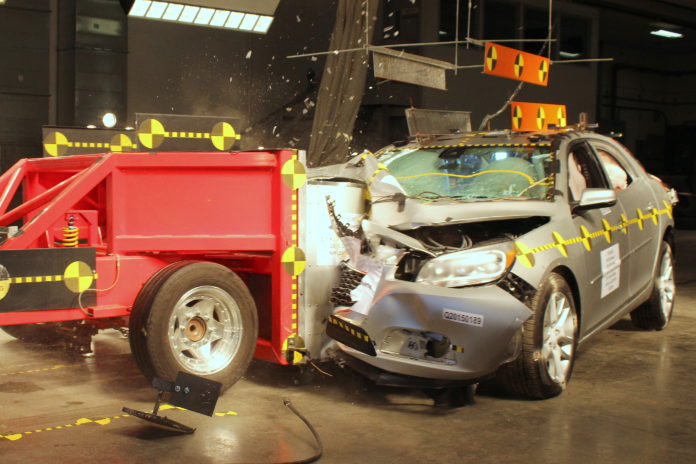We car guys like to brag about horsepower, torque and acceleration of our tin-can people cars all day
This is not an exaggeration, as some of the cars found unworthy to be driven on public roads are also some of the best-selling Indian cars that have been sold in our country for decades. Some prominent examples of cars that failed this test (zero stars out of a total five) are Maruti Suzuki Swift, Renault Kwid, Hyundai i10, Maruti Suzuki Celerio and the Mahindra Scorpio.
So, if these cars and more were declared unsafe to be on our roads, then why are they even in production at the very moment? That’s because our government has not yet become stringent and uncompromising in our safety standards for the automotive industry unlike the US and European car industries.
NCAP or New Car Assessment Program was an initiative set up by the United States National Highway Traffic Safety Administration in order to sell safer cars in the country and the success of this program has enabled it to grow into Global NCAP tests and European NCAP test that conduct strict testing for brand new cars to be sold in a certain country.
Most governments look into these test results and often ban the sales of certain cars when they prove to be unsafe. The problem in our country is that GNCAP is only seen as an R&D program whose results don’t actually reflect Indian safety standards set by the law, as our standards for car safety fall well below the line of what is barely acceptable in most other countries. Airbags are not mandatory, ABS is abdominal muscles for most Indians, Traction Control System or TCS is deemed unnecessary and drum brakes from the 1950s are still acceptable to be sold here. Brilliant.
One of the most common excuses given by automotive companies whose cars have failed NCAP tests is that despite failing this particular test, their cars have passed Indian safety ratings. You can’t blame them either because as it was mentioned earlier, our safety standards are almost non-existent and anything with an engine and four wheels can be sold in the country as the cops and road safety commissions are too busy busting cars with “illegal” modifications like bigger wheels and maybe bigger headlights (but not the ones that blind the oncoming traffic). Pathetic.
What’s NHTSA then? The National Highway Traffic Safety Administration was set up by the Executive branch of the US government and forms a part of the Department of transportation. And what do they do? They’re primary function is to write and enforce auto safety standards and also discourage certain illegal practices like the import of unsafe and illegal cars into the country. In conclusion, there are two very strong road safety commissions looking into car safety standards in the US and we have a road safety commission that doesn’t even bother to implement the installation of airbags in cars sold in our domestic market.
All this is certainly horrifying as the car on your driveway that you have bought with your blood, sweat and tears to transport your family could be the very reason why they could lose their lives in an unfortunate accident. The best way around this problem is to purchase cars that have passed the NCAP tests with four stars or more and also to consider models with airbags over ones without airbags.
Car companies in India should definitely learn something from the Swedish manufacturer Volvo whose ultimate aim is to stop any fatalities that may occur in an accident involving one of their cars and needless to say, they are well on their way to achieve their goal. In fact, Volvo V90 was the first car to receive autonomous safety features like driver assist, with auto decelerator and auto brake. Yes, they’re expensive and not all Indian families could afford one so instead, what you have to do is to check and observe the safety ratings of cars you’re most likely to buy and put them in a list of ascending safety ratings instead of just gawking over fuel economy and discounts. Mahindra and Tata have taken a step in the right direction, with Marrazzo and Nexon achieving 5-star safety ratings. Remember, the mileage of a car should never be above safety standards in your list of priorities while buying a car.




















